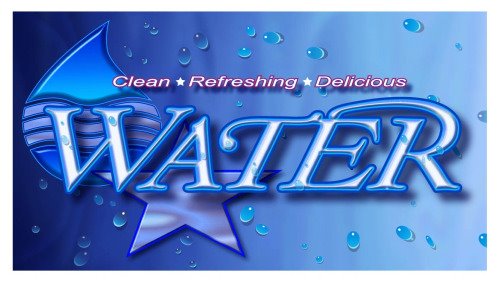|
Refill, Not Landfill
The heated argument of the day is whether to drink tap water from reusable bottles or "packaged" water from commercial sources. We believe the answer is nuanced and actually falls somewhere in between. This blog is dedicated to the discussion of our health as it relates to drinking water, and the quality issues associated with our water sources.
Friday, September 25, 2009
School Children At Risk From Contaminated Drinking Water
The article reinforces mounting evidence the trust we've naively placed on the efficacy of our municipal water supplies, threatens our home, business and school drinking water sources. "Experts" throw up their hands claiming only massive government spending can resolve the issue. At Aqua Star we know the answer is much simpler. Instead of settling for municipal water supplies of questionable quality and drinking water from vending machines also spewing tons of plastic waste into our landfills, we are launching a green vending product coupled with a "bottle-free" community fund-raising program suitable for any school system. Call us for details 1-800-688-1858
The Fed Begins Investigating Pharmaceutical Contaminants in Drinking Water
The EPA has composed a list of 104 pharmaceuticals that pose potential health threats to drinking water supplies. Click the link below for the complete list.
|
Friday, August 28, 2009
What makes Up The Secret Sauce?
Until the passage of a recent bill, natural gas drilling companies were exempt from revealing the list of chemicals used in the extraction process known as hydraulic fracturing.
Although the industry steadfastly maintains the process has technological safeguards prohibiting the contamination of nearby groundwater resources, it was only a matter of time before the logic of these claims came into question.
Following the details of the article it is hard to conclude the changes to the quality of well water in this rural area of Wyoming could be anything but a cause and effect consequence of drilling.
Although the industry steadfastly maintains the process has technological safeguards prohibiting the contamination of nearby groundwater resources, it was only a matter of time before the logic of these claims came into question.
Following the details of the article it is hard to conclude the changes to the quality of well water in this rural area of Wyoming could be anything but a cause and effect consequence of drilling.
|
Wednesday, August 26, 2009
Monday, August 10, 2009
Friday, August 7, 2009
The Curious Case of Mega-Bottler Behavior
The following excerpt relates the tale of a Coke Fan Site gone wrong. Just as "green washing" can backfire in the social media realm, apparently so can giving a platform to the voice of dissent in the supposed safe haven of product supporters.
For three years, Corporate Accountability International has asked that Coke label the source of its water. Tens of thousands of people have made phone calls, written letters, or sent emails to the country's third largest bottler demanding Coke label the source of its water. Coke's competitors, Pepsi and Nestlé, have both responded to Corporate Accountability International demands by putting the source on labels. Even Congress has now called on Coke to disclose the source and sites of its bottled water. The deadline for Coke and the other water bottlers to report to Congress is this Monday, August 10. Will Coke also announce its intention to put this information on labels? If so, that'd be the smartest tactic it could employ in response to the new Facebook outpouring. |
Tuesday, August 4, 2009
Back To School Beverage Tip
This clip taken from a well written article on tips for school lunch, beverage and snack options. A simple, common sense approach to keeping our kids healthy.
|
Subscribe to:
Posts (Atom)




